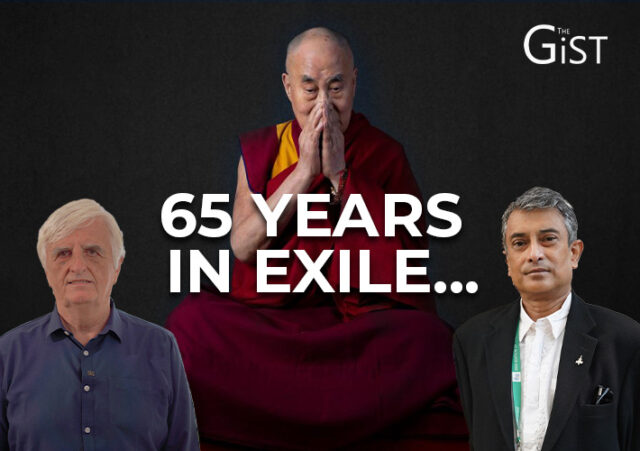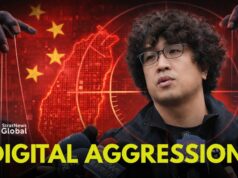For our regular viewers, Claude Arpi, author and eminent Tibetologist needs no introduction. As we mark the 65th anniversary of Jetsun Jamphel Ngawang Lobsang Yeshe Tenzin Gyatso, or, as most of the world knows him, the 14 Dalai Lama’s entry into India on 31 March 1959, Arpi takes us back in time to the incidents that led to his escape from his palace in Lhasa, Tibet and the major events that have taken place since then.
Among the many interesting points that Arpi makes is that although the Chinese today insist that the state of Arunachal Pradesh, particularly Tawang, has been a part of “southern Tibet” from ancient times, China made no such claim in 1959, not did the PLA attempt to cross over in pursuit.
Then in January 1966, when then Prime Minister Lal Bahadur Shastri went to Tashkent, Uzbekistan in what was then the Soviet Union, he had called the Dalai Lama’s emissary saying he would recognise the central Tibetan Administration or the Tibetan government in exile, based out of Dharamshala, on his return. But Shastri died under mysterious circumstances a day after signing the peace treaty, and since then, there has no attempt by New Delhi to formally recognise the CTA in deference to the “One China Policy.”
And finally, what happens to the Tibetan movement once the Dalai Lama, now 89, is no more? Will there be a reincarnation? And why is Arpi hopeful of better times? To understand all this, watch the full interview.
In a career spanning three decades and counting, Ramananda (Ram to his friends) has been the foreign editor of The Telegraph, Outlook Magazine and the New Indian Express. He helped set up rediff.com’s editorial operations in San Jose and New York, helmed sify.com, and was the founder editor of India.com.
His work has featured in national and international publications like the Al Jazeera Centre for Studies, Global Times and Ashahi Shimbun. But his one constant over all these years, he says, has been the attempt to understand rising India’s place in the world.
He can rustle up a mean salad, his oil-less pepper chicken is to die for, and all it takes is some beer and rhythm and blues to rock his soul.
Talk to him about foreign and strategic affairs, media, South Asia, China, and of course India.





